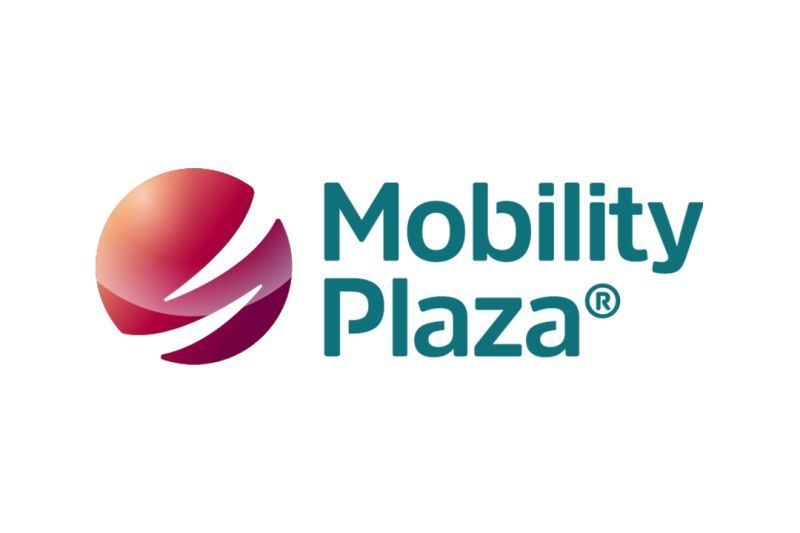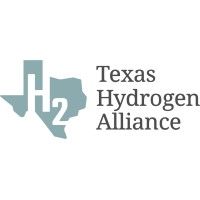Approval has ben awarded to Germany’s hydrogen core network
)
Transmission system operators’ (TSOs) applications to build Germany’s 9,000km hydrogen core network (HCN) has been approved by Germany’s Federal Network Agency. This approval means that construction is now able to begin.
The plan for this pipeline is that it will cover Germany by 2032. This will be possible as the approved network will be made up of 9,040km of pipelines and 60% of these will then be converted into natural gas lines. Altogether it has been estimated that about $20.4 billion of investment will be required to make this possible.
The purpose of creating this pipeline is to connect production centres, import areas, storage facilities and finally, end-users. It has also been planned that the network’s feed-in capacity will be 101GW of hydrogen and this will result in a feed-out capacity of 87GW.
On top of this, it has been suggested that thirteen border crossing points to European countries, will be expected to meet Germany’s future imported hydrogen demand.
Another expectation is that the project will be built and operated by the private sector and then it will be financed by user fees. Plus, it will be possible for TSOs to secure state guarantees in order to secure loans which will cover any initial losses on the HCN’s ramp-up.
However, it has already been stated by the government that, ‘user fees will be capped to prevent the extortion of customers during early phases of slow uptake.’
Economic Affairs and Climate Protection Minister, Robert Habeck, commented, “With the approved core network, we are creating security for everyone involved – from hydrogen producers at home and abroad to the operators of power plants and storage facilities and future industrial users. With the approval, the plans can now quickly become reality. The first hydrogen pipelines of the core network will go into operation as early as next year, and will then be built up gradually until the target year of 2032.”
The Government also said, “Since there will be relatively few customers at the beginning, the investment costs cannot be fully passed on to users – so the network fees are capped. An amortisation account ensures that the shortfall in revenue in the first phase is offset by additional revenue later on.”



)
)
)
)
)
)
)
)


)
)
)
)
)
)
)
)
)
)
)

)
)
)
)
)
)
)
)
)

)
)
)
)
)
)
)

)
)
)
)
)

)
)

)
)
)
)
)
)
)
)

)
)
)
)
)
)
)

)
)

)
)
)
)
)
)
)
)


)
)
